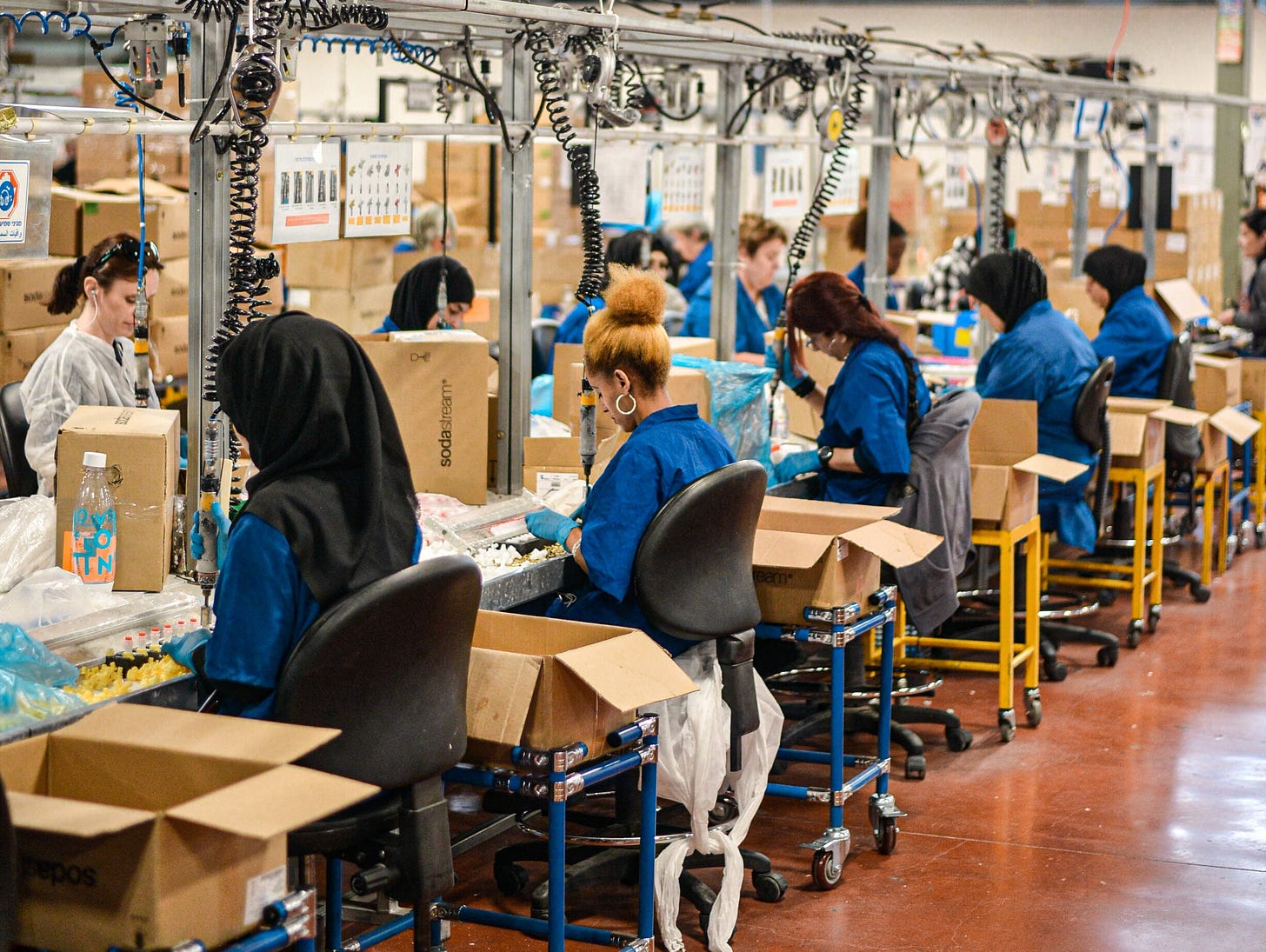
If I asked you why you think the ultra-cheap stuff era is coming to an end, what reasons would you give me?
I did ask a few people. They guessed:
Less demand — younger …
Keep reading with a 7-day free trial
Subscribe to This much I know to keep reading this post and get 7 days of free access to the full post archives.




